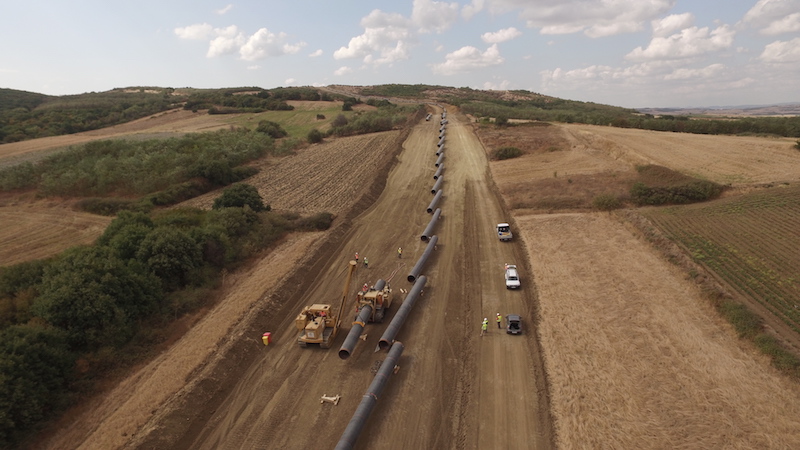The European Investment Bank (EIB), the EU’s financial arm, seems to be heeding calls to raise its ambition on tackling the climate crisis. In November, the EIB adopted the Climate Bank Roadmap 2021-2025, building on its earlier commitment to align all its financing activities with the goals of the Paris Agreement by the end of 2020.
The EIB’s Roadmap is probably the most advanced and ambitious climate strategy among those of international public financial institutions, but it still contains a number of loopholes.
It is now proposed in the newly adopted Roadmap that the EIB carbon footprint methodology, in addition to an increased carbon pricing, starting at €80 a tonne in 2020 will help EIB to effectively rule out uneconomic, carbon-intensive projects.
Yet, the Roadmap doesn’t provide any real example or simulation for how new carbon pricing could impact the EIB’s portfolio compared to pre-Roadmap times. While in theory, a higher carbon price which would be applied to EIB projects can be seen as Paris-aligned, in reality the bank’s methodology does not screen out all dirty investments.
The EIB’s carbon footprint assessment for the methane gas pipelines forming the Southern Gas Corridor is a striking example of this approach. Surprisingly, a 3,500-kilometre long natural gas pipeline was deemed by the European Investment Bank (EIB) as ‘climate neutral,’ before it awarded two of the sections of this massive fossil fuel project a total of €935 million in EU public money.
The applied methodology allowed the EIB to make wrong and highly speculative assumptions. They claimed emissions associated with the gas transported through the pipeline would be matched by avoided emissions from other sources of gas, resulting in no net change to emissions. According to the EIB “the baseline alternative to the Southern Gas Corridor is to increase Russian imports and USA LNG”. Renewable energy sources or energy efficiency options were not even considered as potential energy alternatives.
In reality, as study after study show, emissions from burning methane gas and fugitive emissions of methane along its production and supply chain can be as climate-damaging as the use of coal.
Climate news in your inbox? Sign up here
Fortunately, the bank will eliminate fossil fuels projects by 2022 in line with the Energy Lending Policy, but the methodology will still apply to projects from other sectors. That means carbon-intensive projects can be made to look low carbon by offsetting them against hypothetical polluting alternatives. The baseline, which the project is compared to, should not just be the status quo or most-likely alternative, but rather the most environmentally acceptable and economically feasible option.
Perhaps the biggest issue with the Roadmap is the lack of guidance on the selection of clients and financial intermediaries. This is even more surprising as commercial banks increasingly shun cooperation with certain clients, particularly from the fossil fuels industry to avoid reputational and financial risks.
As Bankwatch has previously shown, between 2013 and 2019, the EIB provided €4.7 billion to a number of companies with a high share of coal in their power and heat generation portfolios or companies which still plan to develop new coal power capacities.
Conditioning EIB financing for such companies on Paris-aligned decarbonisation plans would maximise potential emissions reductions and minimize financial risks related to investments in highly emitting companies.
A decision on what the EIB will demand from corporate clients, in terms of their climate credentials, has been further postponed by at least a year. And this may mean several more years of unconditional financing for corporate polluters.
Now that the EU decided to increase its climate ambitions and cut greenhouse gas emissions by at least 55% by 2030 EIB financing must be more goal-oriented to prevent creeping climate damaging projects. A new Roadmap is a good start but closing its loopholes is a matter of urgency.
Anna Roggenbuck is a policy officer with CEE Bankwatch Network
